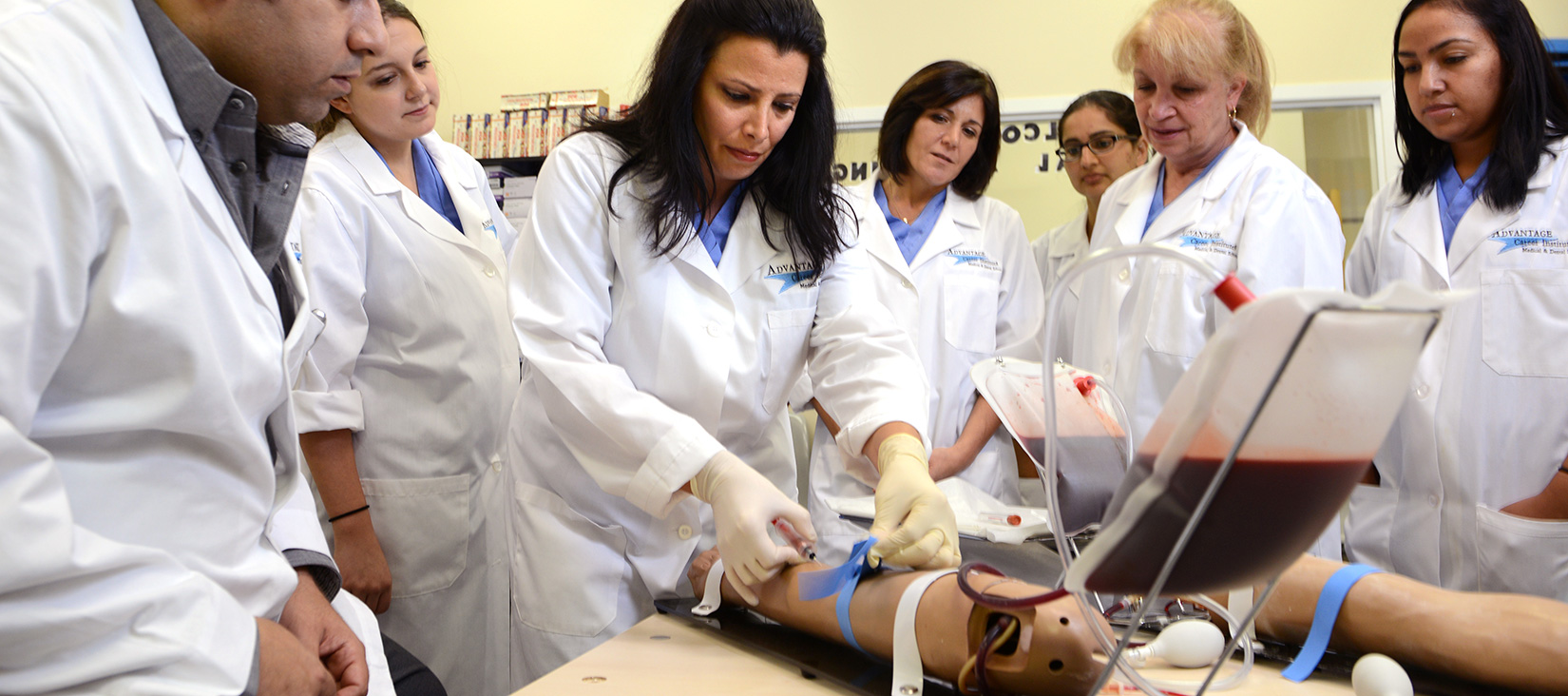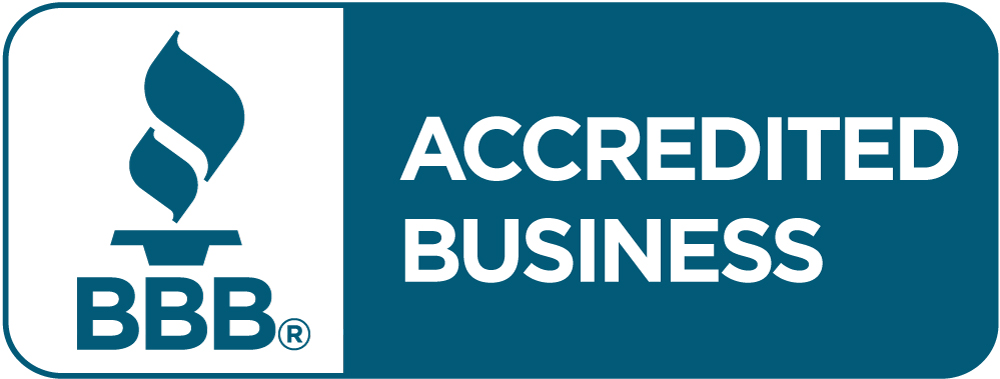
As students work their way through to becoming a Medical Assistant, they will study a number of different aspects to the trade–EKG technology, patient care technology and billing and coding can all be crucially important aspects of the curriculum. However, many will leave our courses, and move onto an internship or career where drawing blood is part of standard patient care. Phlebotomy and blood work are a vital fundamental in the medical field. However, as different blood types pulse through the veins of different patients, we wanted to examine how blood type is determined.
What is Blood Made of?
Blood is made of four parts: Red blood cells, white blood cells, platelets, and plasma. Blood types are determined by referring to different combinations of certain molecules or antigens that are on the surface of the red blood cells. The antigens cause the blood to behave differently, including clotting or interacting with different compounds in a unique way.
There are eight different blood types, A positive or negative, AB positive or negative, B positive or negative, and O positive or negative. Each of these represents a different combination of antigens on the surface of the red blood cells, and antibodies in the blood plasma. Since your blood type stays the same throughout your life, you usually need to test for your type just once; but for those that want to know how blood type is determined, we wanted to walk you through the test itself.
How Do Phlebotomists Determine Blood Type?
In order to determine blood type, medical assistants or phlebotomists need to find out which antigens are on the surface of each red blood cell and which antibodies exist within the plasma. To do so, phlebotomists will need to prepare tubes with reagents with the A, B, and Rh antibodies. Then, a sample of the blood goes into each tube where reactions are monitored and tested to determine blood type.
Phlebotomists then measure how the blood has reacted to each specific mixture of regents. Typically, these bloodwork professionals need to look for agglutination–instances where the blood may clot or coagulate when coming into contact with a particular reagent. If the blood clots, it indicates that the blood has reacted with a certain antibody within the plasma, and is therefore not compatible with blood containing that particular antibody.
Based on this study at nobelprize.org, we can then use the Rh test tube and A/B test tubes to decode each blood type.
“No agglutination in test tube A, indicates that the patient’s red blood cells do not have A antigens.
Agglutination in the tube containing B antibodies indicates that the patients’ red blood cells have got B antigens, thus belongs to blood group B.”
Rh antigents are tested the same way, allowing phlebotomists to append the corresponding positive or negative to each blood type.
Phlebotomists are required to pay close attention to blood type. Blood type is a crucially important consideration for a host of different medical procedures, including transfusions, blood donations, and much more. To learn more about how you can start your new career as a Medical Assistant specializing in phlebotomy, contact us today.






